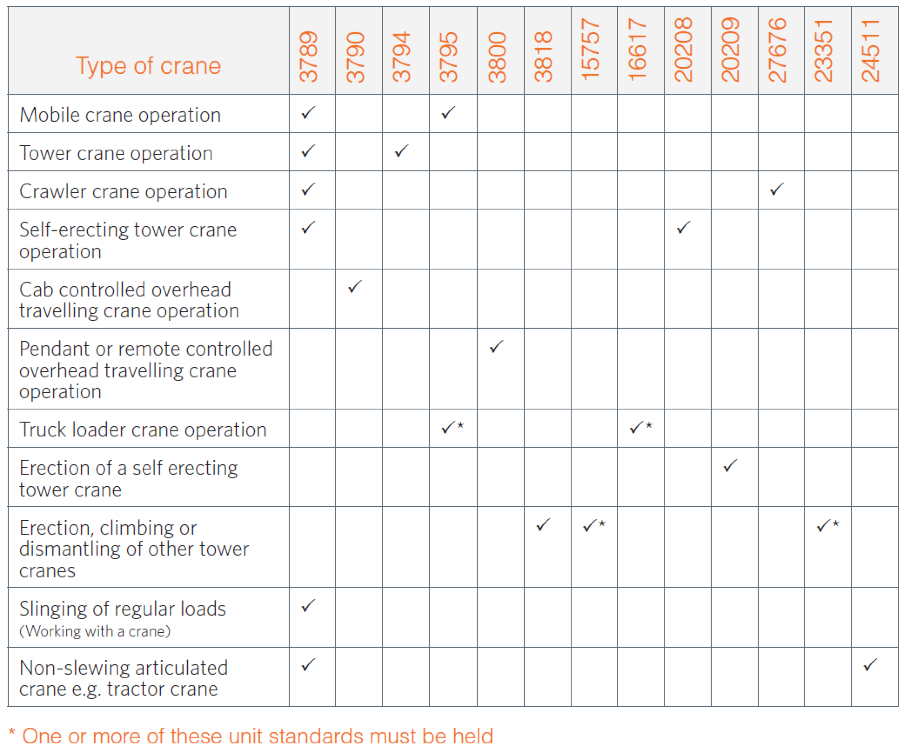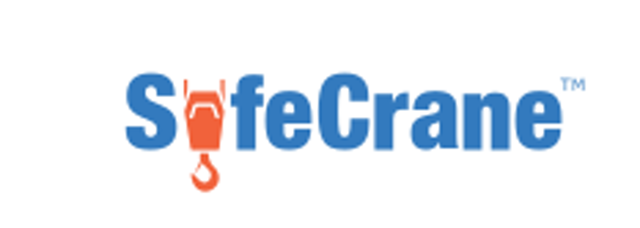|
The Health and Safety at Work Act 2015 changes have caused a rolling out of new Regulations. On of the most interesting of these is the new Health and Safety at Work (General Risk and Workplace Management) Regulations 2016 (GRWM) which introduces Hierarchy of Control Measures.
Before moving a crane it is vital that the operator checks that the crane is stowed correctly. The operator must:
A crane is a complex three dimensional hazard The following page lists some of the common hazards found when working around Cranes. This list is by no means exhaustive.
The Crane Association of New Zealand (Inc.) has a number of tools to assist a PCBU by ensuring that an appropriate lift planning process is in place.
Lift planning in New Zealand can be broken into four distinct types:
The safe operation of cranes requires multiple parties in complex relationships to work together to facilitate a lift. In simple terms you have the following roles that maybe from the same or different companies (PCBU):
The following information is only a brief overview. For the exact words see the PECPR Regulations. A controller is a person who is the owner, lessee, sublessee, or bailee, or who is responsible for equipment covered by the regulations in a place of work. As a Controller you have the following duties.
The Health and Safety at Work Act 2015 (HSWA) defines a Workplace as:
A place where work is being carried out, or is customarily carried out, for a business or undertaking. Includes any place where a worker goes, or is likely to be, while at work. A “place” can also include:
|
Archives
October 2018
Categories |


 RSS Feed
RSS Feed
